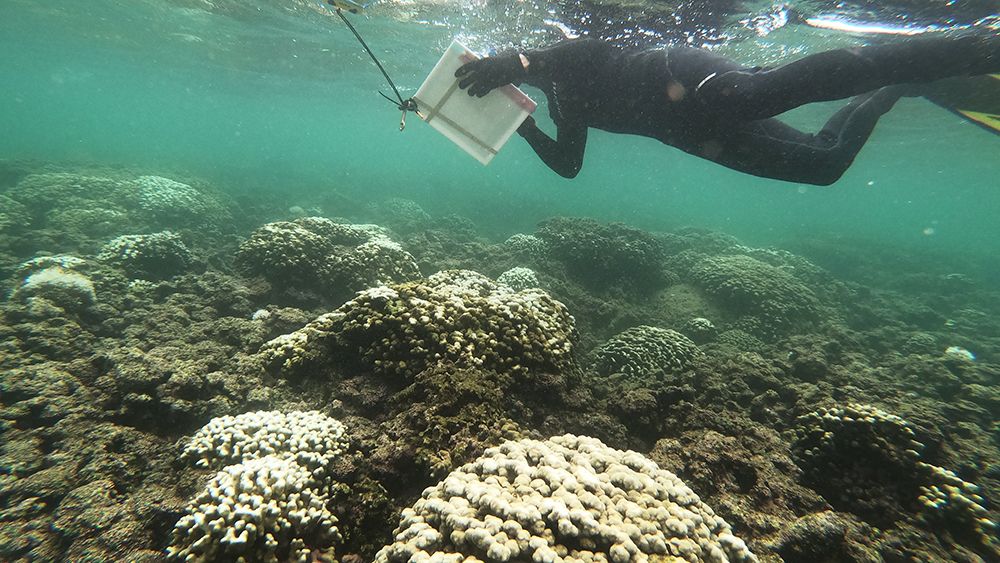HONOLULU — Move over coral bleaching. Officials are looking at Stony Coral Tissue Loss Disease as possibly “the most lethal coral disease ever,” said Dana Wusinich-Mendez of the NOAA Coral Reef Conservation Program.
She made the comments in a presentation at the 45th U.S. Coral Reef Task Force held in late 2022 in Kona, according to a Department of Land and Natural Resources news release.
Not yet in Hawaii waters, SCTLD was first discovered off the Florida coast in 2014. Since then, it’s spread along the state’s entire coastline and has been detected in 23 countries and territories in the Greater Caribbean Basin. According to the release, the disease kills coral tissue at a rate of 1- to 2 inches per day, quickly killing the entire coral, and can affect more than 30 different species.
“The coral loss that Florida and the Caribbean are experiencing is devastating,” said Brian Neilson, administrator of the DLNR Division of Aquatic Resources, in the release. “We want to take every measure we can to prevent this coral disease from spreading to Hawaii’s reefs.”
In the presentation, Wusinich-Mendez also said SCTLD “is unlike any other previous coral disease we have observed.” Once infected, coral will most likely die without intervention. However, over the past year, particularly in the Florida Keys and Dry Tortugas National Park regions, the state has seen over 18,700 corals treated since 2018.
Research shows vessel ballast water — used to regulate a vessel’s weight and balance and discharged in new ports — can carry disease-bearing microbes. The most commonly used water management system to sterilize ballast water, ultraviolet light, is only 50% effective at killing the pathogen. The pathogen can also stay alive in sediment that could be transported to Hawaii. An example is if vessels don’t fully remove sediment from anchors.
To mitigate SCTLD from entering Hawaii, DAR proposes that vessels that have been to a disease-infected area within the last five ports should not discharge ballast water in state waters. Vessels should also send notification prior to arrival that includes the vessel’s biofouling prevention practices so that authorities can conduct a risk assessment.
Biofouling is when microbes, plants and animals attach to a boat’s hull and other wet surfaces. Organisms within “biofouling communities” could carry SCTLD. The small number of commercial, non-commercial and private vessels arriving in Hawaii would be subject to the new requirements.
According to Neilson, vessel operators must already adhere to several state and federal requirements.
“These additional measures, narrowly focused to further mitigate risk, will help vessel operators help us to protect Hawaii,” said Neilson. “If a vessel is considered to be a potential spreader of SCTLD, based on risk assessments, it will be red-flagged for further monitoring and preventative actions.”
Wusinich-Mendez added they are working to identify what causes SCTLD and trying to understand whether Pacific corals will be susceptible to the disease, while also preparing for it.
Sarah Yamanaka covers events, environmental and community news for Spectrum News Hawaii. She can be reached at sarah.yamanaka@charter.com.



